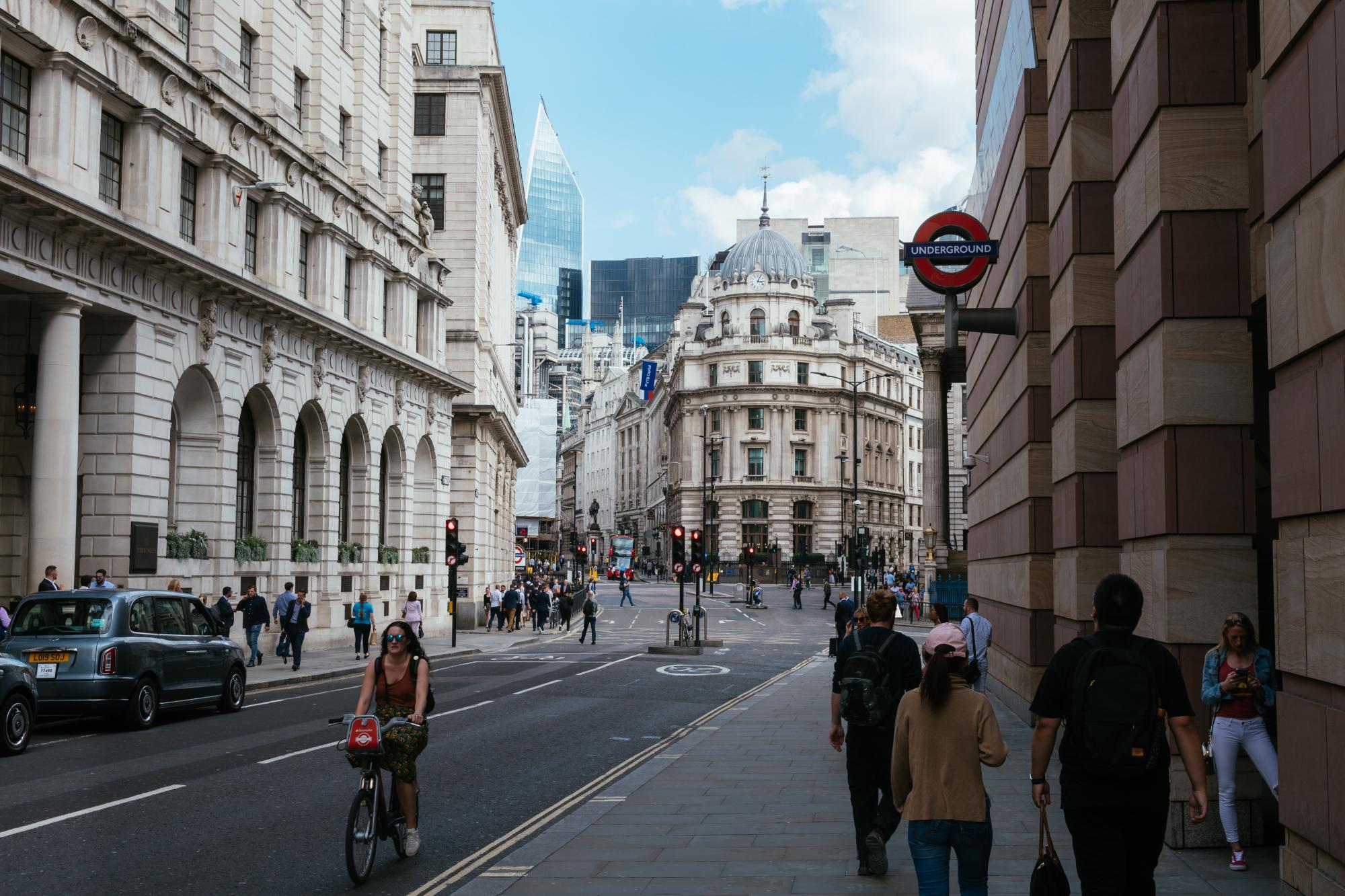New Analysis post
$11
29 Oct 2025, 12:55

Unsplash.com

The 30-year yield on British government bonds increased to its highest level in more than 25 years on Friday as tensions in the Middle East fuel worries about rising inflation and oil costs.
According to LSEG statistics, the benchmark 30-year gilt yield reached a high of 5.134% at 10:10 GMT, up 5 basis points on the day to reach its highest level since September 1998, surpassing the previous best of 5.115% reached on October 4.
10-year gilt rates increased by 2 basis points for the day to 4.69%, not far from a 15-year peak of 4.755% hit on August 17.
In contrast to a year ago, when market unease over the economic plans of then-prime minister Liz Truss caused British government bond rates to rise considerably more rapidly abroad, the most recent spike is a result of a worldwide trend.
On Thursday, ten-year U.S. Treasury yields surpassed 5% for the first time since July 2007, as a result of comments made by Federal Reserve Chair Jerome Powell that were seen by investors as indicating that interest rates will remain higher for longer.
In September statistics that were revealed earlier on Friday, British government borrowing came in below estimates. However, finance minister Jeremy Hunt warned that due to increasing interest rates and inflation, debt payment expenses appeared poised to quadruple this year, which he said was "clearly not sustainable."
Although British government debt has a longer average duration than that of most major nations, at roughly eight years, the Bank of England's quantitative easing strategy has made the cost to the Treasury far more susceptible to short-term movements.
The Office for Budget Responsibility of the government determines that the effective maturity is closer to two years.
Investors believe the BoE is now on hold, with just a 13% likelihood of a rate rise on November 2 following its next meeting, despite the fact that it has increased its interest rate 14 times since December 2021 to 5.25%.
Around 55% of the time, the rate will increase by another quarter point to 5.5% by March of the following year.
(Sources: investing.com, reuters.com)